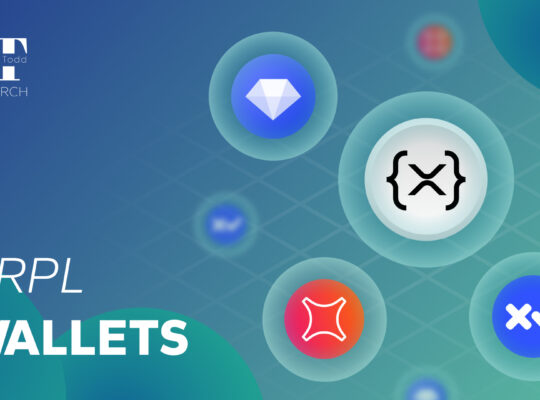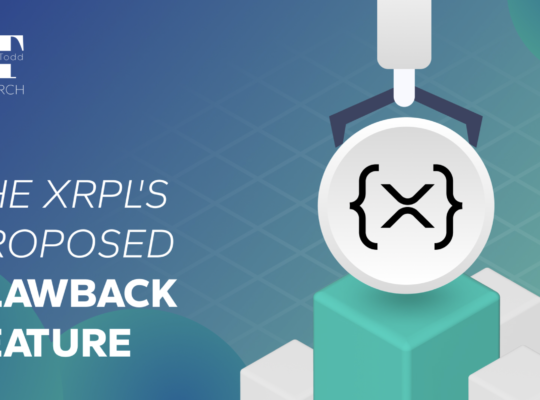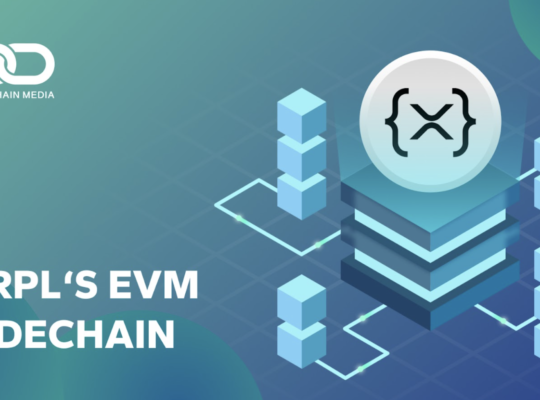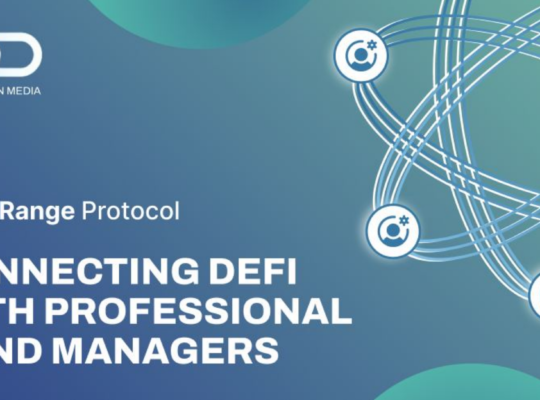
Here I present six key reasons that entrepreneurs and institutions are likely to launch their own stablecoin using Reserve, and why it’s likely to gain traction.
If you’re unfamiliar with Reserve Protocol, I suggest taking a look at my other article that provides an overview (hint: it’s a very interesting project).
The reasons are as follows:
- Default protection on collateral.
- Revenue sharing.
- Increased demand for collateralized assets.
- Alternative savings and investments vehicles.
- Globalized commerce.
- Charitable missions.
Many other examples exist, such as: a) censorship resistance, b) strategic moves as part of a broader ecosystem, c) and in-game currencies. For the purpose of this article, I will only review some that I find to be particularly interesting.
Additionally, I will highlight any stakeholder risks that I foresee and discuss their relevance.
Default Protection on Stablecoins
Stablecoins provide immense benefits, but not all are the same. As a quick review, there are three main types:
- USD-backed: a real USD exists backing each stablecoin. These stablecoins tend to be legally compliant with strong peg stability, although centralized.
- Cryptocollateralized: cryptoassets are used as collateral. This provides both liquidity of funds while still benefitting from any upside price potential on the collateral. However, a sharp fall in the collateralized asset may trigger a liquidation.
- Algorithmic: these rely on market incentives and algorithmic mechanisms in order to maintain peg stability. They tend to fall from their intended peg and have at times crashed, such as the infamous fall of UST.
Reserve Protocol is interesting as RTokens are backed by off-chain assets that are brought on-chain through asset tokenization. This results in collateral that’s much more stable than cryptocurrencies (e.g. cryptocollateralized stablecoins), and therefore RTokens are most comparable to USD-backed stablecoins, except with a much wider range of potential backings.
Asset-backed, multi-collateral might be the best term.
USD-backed stablecoins work great, but are only as good as the underlying collateral which is still subject to inflation. Some also expect that the U.S. Dollar may lose its dominance in the future due to reasons such as swelling debt and the potential formation of a new reserve currency for BRICS countries. There are also concerns at times over how the underlying USD collateral is managed.
Opening up the potential for baskets of assets means that some of those may fail in the future. Black swan events are likely to occur, and even an RToken relying on real estate as collateral may be subject to unknown events rendering the collateral useless.
Reserve provides default protection for stablecoins, which does not currently exist in other iterations of stablecoins and represents a significant evolution in the field.
The way that it works is that RSR token holders may stake (deposit as collateral) their tokens either onto one or more RTokens. By staking it, a receipt token (stRSR) is created that represents ownership in the underlying staked RSR, similar to how liquid staking on Lido works. This receipt can be held to collect revenues from the RTokens.
Staked RSR earns rewards through yield generated on the RToken’s collateral. The staked RSR is in turn used as insurance in the event of the collapse of any given collateral.
For a more thorough overview of how this works, I recommend reading about Reserve Rights staking.
The risk for users is that the staked RSR tokens may not be sufficient to cover the loss of collateral. Additionally, unstaking may at times be over a week (though it can be customized), meaning that users cannot always react quickly during periods of high volatility.
Nonetheless, having a way to provide protection to users in a transparent manner is revolutionary and the exact mechanics may be subject to improvements in the future.
Revenue Sharing Through Underlying Collateral
Another reason is revenue sharing on the underlying collateral.
The collateral will be composed of a basket of assets in the form of tokens, including:
- Real estate
- Stablecoins
- Commodities
- Bonds
And so on.

Each of these will in turn generate some form of yield. For example, real estate tokens will have value accruing to them through real estate cash flow that’s automatically distributed at fixed intervals of time. Stablecoins may be deposited into liquidity pools such as Curve Finance, in turn generating a yield on trading fees. Fixed-income assets such as bonds will also generate a yield from regular payments.
Therefore, the creator of any stablecoin will be incentivized to create a stablecoin that’s widely adopted, in turn enabling them to take a commission.
Those that create the optimal stablecoin with an acceptable revenue share percentage built-in can be expected to benefit significantly should adoption of their RToken take off.
This is also applicable to big brands, who are incentivized to create strategic RTokens that not only drive yield to them, but help to draw in new users.
A risk here for entrepreneurs here is that they will have to compete for demand and may be forced to lower their commissions considerably. There will also likely be a long-tail distribution of RTokens, so some make significant amounts through revenue sharing, whereas the majority do not.
Increased Asset Demand
Having more assets available as collateral means that there will be a new means for these types of collateral to be accessed by investors or holders, increasing demand in turn.
For example, tokenized real estate enables it to not only be purchased globally, but now used as collateral for RTokens. Certain classes of real estate may become standard pieces of collateral due to stable yields, which in turn increases demand further.
Institutions are likely to benefit from this. They will be capable of tokenizing their assets and then using them as collateral in their branded RTokens to their benefit. In the context of a gold company, they could have their gold become collateral for many different RTokens, meaning that holders are in reality purchasing fractions of their gold.
RToken holders should be wary of companies looking to make some quick money, in contrast to those that are trustworthy and genuine. Adequate protection should be granted so that users know that the underlying collateral is good, and not just an attempt at promoting one’s brand for fast revenue.
Alternative Forms of Savings and Investments
Because RTokens may be composed of any tokenizable asset, the range of potential assets is quite broad.
It therefore makes sense that some RTokens may be used to track financial markets, such as ones that track the bond market. Alternatively, they may be composed of a real estate portfolio that provides stable cash-flows.
Acting as a blockchain-based method of accessing savings and investment products for global users has benefits including:
- Access to global liquidity networks.
- Easy product customizability based on user risk tolerance.
- Additional revenue streams for asset managers.
- Novel combinations of assets that are not possible in the real world. For example, a mix of Italian fine art and New York real estate.
As with any asset class, a major risk is ensuring that investors are well-informed about all relevant risks. This could be challenging given that Reserve Currency is a novel project, and topics of both asset tokenization and stablecoins may be challenging to understand. Significant educational efforts will need to be undertaken, as well as investor disclosures.
Globalizing Commerce
The creation of a stable cryptocurrency would enable businesses to scale globally without requiring the extremely complex infrastructure processes needed to operate with local banking institutions in each region.
Should Amazon adopt their own RToken, they could accept payments globally using this token without having to pay payment processing fees or undergoing burdensome processes with local banks.
One potential challenge here is that U.S. regulators declared that companies may not issue their own stablecoins. It’s therefore a grey area, as Reserve Protocol is a decentralized company where one does not necessarily issue their own stablecoin, but rather creates ones for society to use.
Charitable Missions
One charitable reason for creating a new RToken might be to help local economies access stable currencies, or to tokenize (and monetize) their idle assets.
However, many other possibilities exist as well.
“Eco” tokens could be created that include assets such as carbon credits, tokenized green bonds, and tokens from humanitarian-focused blockchains such as Celo. In turn, revenue sharing could include environmental charities or other similar organizations.
In turn, other RTokens could be created that target other specific charitable causes, with both the collateralized assets and revenue share recipients being aligned accordingly.
Conclusion
I hope that the above helped show some interesting use-cases for Reserve’s RTokens!
Keep in mind that these types of things will take time. For example, assets will become increasingly tokenized with each year that passes, as will education surrounding the potential of DeFi projects such as Reserve.
However, it’s an extremely nascent industry that is still unfolding. Those who participate early and contribute meaningful work to the industry will be rewarded. That being said, the industry will also unfold in unimaginable ways.
I hope that the above provided some good insights into how I personally see Reserve Protocol unfolding, but it’s a non-exhaustive list that may turn out very different in practice.






